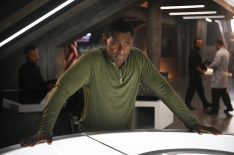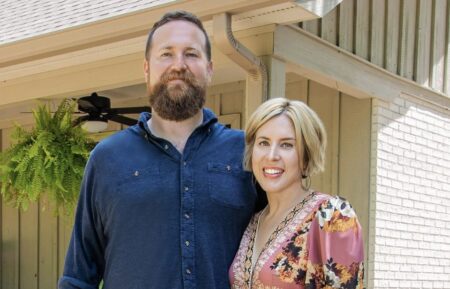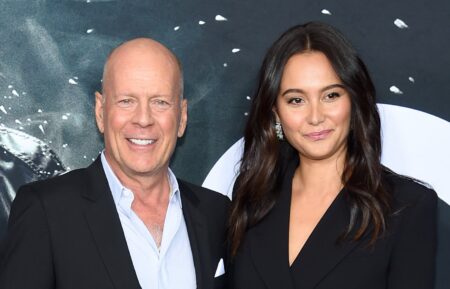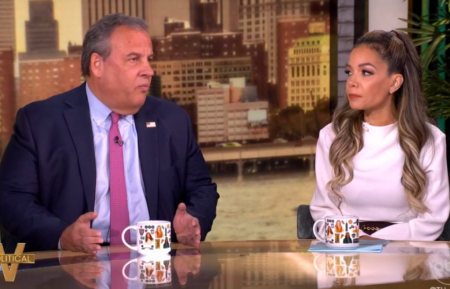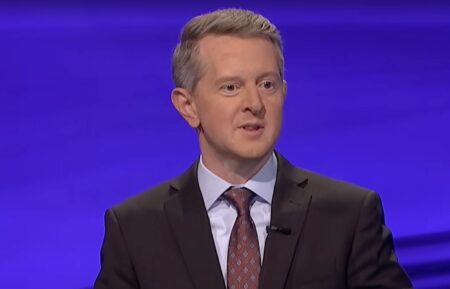‘Crisis on Infinite Earths’: What’s in Store for ‘Supergirl’ & ‘Batwoman’
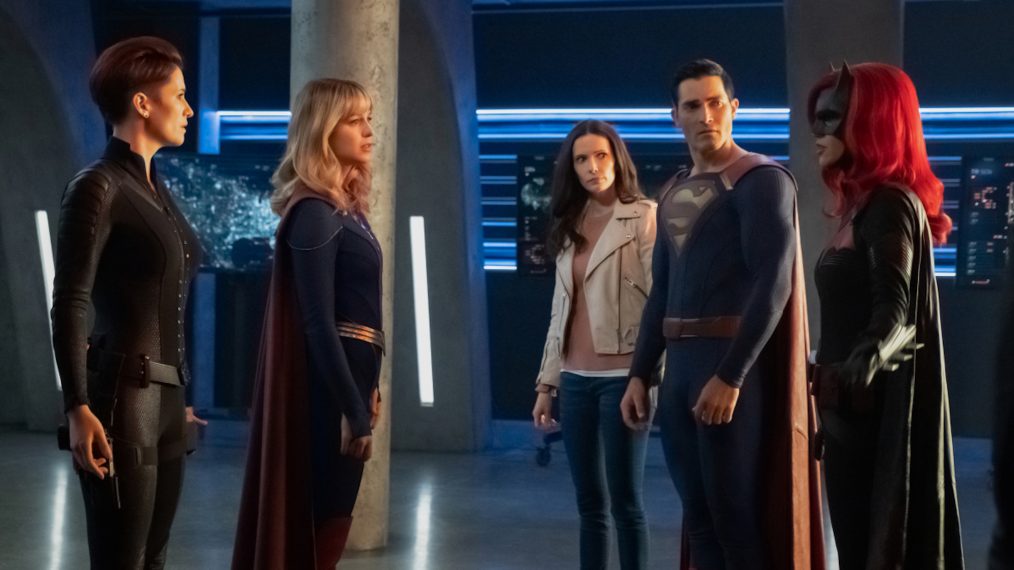
Preview
In 1985, DC Comics published the 12-part comic book Crisis on Infinite Earths by writer Marv Wolfman and artist George Perez. The limited series re-set the DC Universe following heroes from numerous earths gathering to battle the evil Anti-Monitor, who was determined to destroy worlds.
Now, The CW is paying homage to that series with Crisis, a five-part television event that draws together not only characters from Arrow, The Flash, Legends of Tomorrow, Supergirl, and Batwoman, but also actors who’ve brought DC characters to life on other series including — but not limited to — Smallville’s Tom Welling (Clark Kent) and Erica Durance (Lois Lane) and Batman: The Animated Series’ Kevin Conroy (Batman/Bruce Wayne).
Executive producers/showrunners Marc Guggenheim, Beth Schwartz (Arrow), Robert Rovner (Supergirl), Keto Shimizu (Legends of Tomorrow), and Caroline Dries (Batwoman) chatted with reporters to preview the December 8 episode of Supergirl (Part 1 of Crisis) and December 9’s airing of Batwoman (Part 2) about this highly-anticipated and unheralded event.
On what viewers should know ahead of Crisis
Marc Guggenheim: “In consultation with the network, they were of the opinion, and we agreed, that you really don’t need any kind of setup. It’s fun to [re-watch] see last year’s crossover and meet The Monitor (LaMonica Garrett) and know that a Crisis is coming and that Oliver (Stephen Amell) has made a bargain, but you get all that information in the body of the story. We’re not doing a recap. The only recap we’ll have is at the beginning of Part 4 in January. We feel like you can dive right in.”
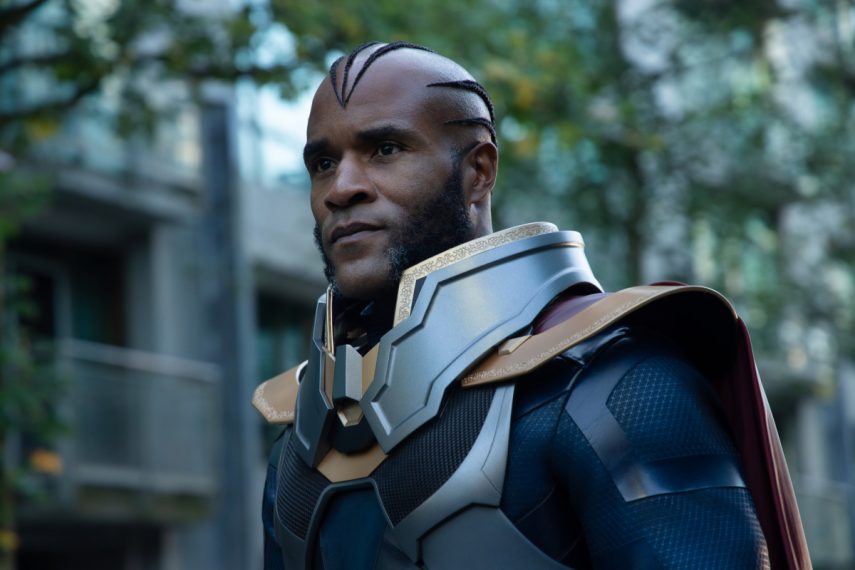
LaMonica Garrett as The Monitor in “Elseworlds, Part 2” (Jack Rowand/The CW)
On the long buildup to Crisis
Guggenheim: “It was weird because we basically started breaking out the crossover before we got to the episodes that lead right up to it. There was some educated guesswork on our part in terms of breaking out the story and having a sense of where we’d be with all the shows [when it happened]. The trickiest, obviously, was Legends [as Season 5 hasn’t premiered yet]. That was a real hard thing. We were breaking Episode 508 even before Legends Episodes 501 to 507.”
Keto Shimizu: “Crisis is essentially a prequel to our Season 5 [of Legends], however, it was shot out of order. We had to know the sequel to everything that was going to happen in Crisis before we even wrote it. It was challenging, but I think it actually ended up melding really well.”
Beth Schwartz: “Arrow was the opposite of that. We were going to the end of our season.”
On the stakes rising throughout Parts 1 and 2 on Supergirl and Batwoman
Shimizu: “It needed to feel emotionally significant for everybody. Yes, we can have all these incredible cameos from all these fun, different versions of these DC characters that we know and love so much but at the core of this, we really wanted to keep track of the ‘mains’ from all of our shows and have them go through something really incredibly significant. That’s what grounds it and makes Crisis important. You feel for these characters as they’re going through this amazing adventure. It brings them all closer together, which is the definition of epic.”
On the biggest challenges for putting this together
Shimizu: “‘Ca-ching!’ It’s a really tough thing to produce. I think all the shows have felt that in some way or another. It’s a huge challenge to get the scope and excitement that we want out of it.”
Robert Rovner: “The challenging part was the amount of guest cast we had and making sure we could get them on board and that we could afford it and make sure all the schedules worked out.”
Guggenheim: “The scheduling is like playing three-dimensional chess with Rubix Cubes. We have a huge board that is bisected into boxes that represent a big calendar. Each show is color-coded: Arrow is green. Flash is red. Batwoman was tough – we went with maroon. Supergirl’s is blue … We take all of our color-coded schedules and move strips of paper that represent scenes and we literally sit there with a paper cutter and move strips of paper [into the boxes]. The goal is to have every strip of paper in every one of those boxes [by the end]. It’s a schedule that’s held together with spit, bale wire, and hope. If you notice, when you see characters moving in and out of scenes, chances are that’s [happening] because of scheduling.”
On the fun interactions in the first two parts of Crisis
Rovner: “One of the things we took a pride in is the interaction on Argo City. Also, Marc wrote a lovely scene between Mia [Katherine McNamara] and Oliver that I love. There’s a lovely scene between Clark [Tyler Hoechlin] and Kara [Melissa Benoist] on [a] balcony.”
Guggenheim: “My favorite interaction was Keto meeting Kevin Conroy.”
Shimizu: “That was pretty significant, pretty awesome. Just hearing that voice and seeing him play was really amazing to watch.”
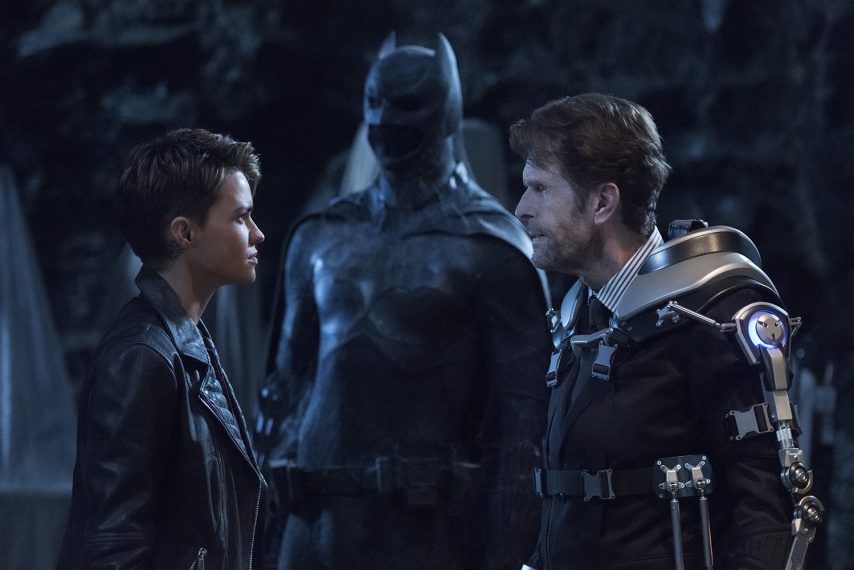
Ruby Rose as Kate Kane and Kevin Conroy as Bruce Wayne (Dean Buscher/The CW)
Caroline Dries: “[Kevin] is such a good actor. He’s really dramatic. He looks the part, feels the part. He has the gravitas.”
On the difficulty of doing Crisis, given its scope
Shimizu: “We’ve [actually] been doing it in steps with the crossovers [over the years]. First, Arrow and Flash, and then, Arrow, Flash, and Legends. It’s been getting bigger and bigger every time we’ve been doing it. It’s felt a bit more manageable because of that. OK, we’re doing this again and more. This is the biggest and most ambitious. It was very challenging, but we knew how to prepare for it. The script coordinators are the heroes of this crossover. Every morning when we were in prep, I’d have prepared for me a [big] binder that had been re-collated that had the latest draft of every script. When we’d go into a meeting with showrunners, we could reference everything that was going on. We started the breaking process really early.”
Guggenheim: “We started right after the summer hiatus. The story was designed to be very modular. Yes, we’d never done anything like this, but we’d come close enough to where we’d learned a lot of tricks along the way.”
On how the comic book series differs from The CW’s Crisis
Guggenheim: “I don’t think we ever felt [that our] universe was too complex. We only have eight years of continuity and DC had 50 [when it did Crisis]. Marv and George had a mission of fixing stuff. For us, it was more having fun opportunities.”
On if the DC Universe in the comics needed fixing
Guggenheim: “When we first opened up the writers room, we brought Marv in to have him do a writing salon across all the [Greg] Berlanti superhero shows. Yes, [they] felt a need to fix continuity [in the comics]. There was a general feeling that all the multiple universes were a barrier to entry for new readers. Marv said the goal was to try to make the DC Universe a bit more sophisticated, adult, and modern. I think that’s the unspoken mission statement of the original Crisis. As a reader at the time, I really wanted DC Comics to enter the Bronze Age in a significant way and [Crisis] accomplished that.”
On putting the heroes in life-and-death jeopardy knowing they can’t really all be killed off
Schwartz: “[Joking] They can’t?”
Guggenheim: “It’s a good question. It’s hard to answer without spoiling where we’re headed. I think once you see all five hours, all the twists and turns will feel satisfying.”
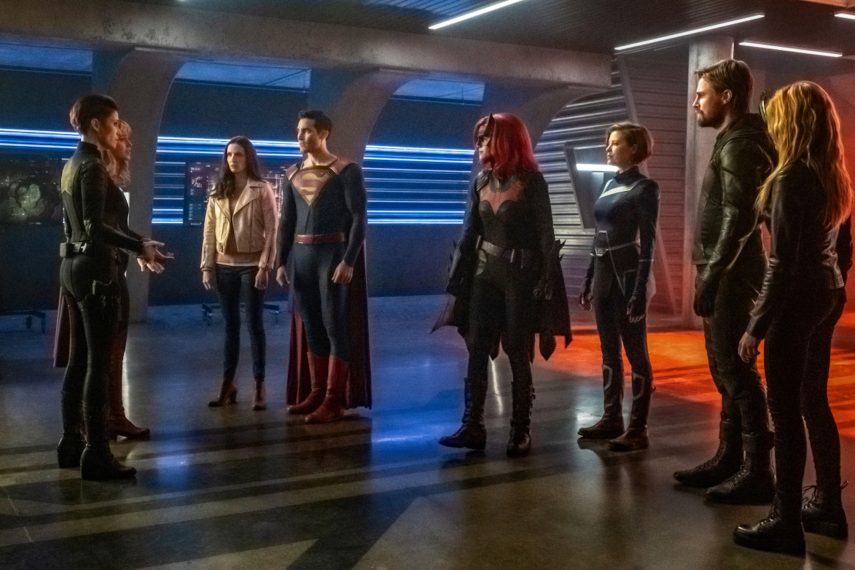
Katie Yu/The CW
On the possibility of more cameos from DC Universe characters
Guggenheim: “Yes. We’re still working on a bunch, actually. I think we considered just about everything there was to consider. Obviously, you don’t want it to be all about the cameos. You want just the right amount. There’s a sequence that is in in one of the upcoming episodes that is not dissimilar to the sequence you see in the first hour [on Supergirl]. If it all comes together the way it’s supposed to, it’ll be one of my favorite things.”
Crisis Part 1: Supergirl, Sunday, December 8, 8/7c, The CW
Crisis Part 2: Batwoman, Monday, December 9, 8/7, The CW



